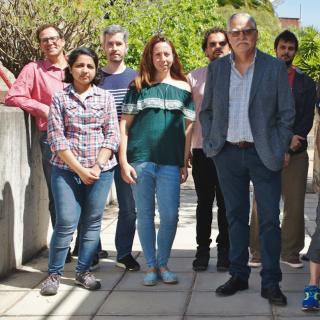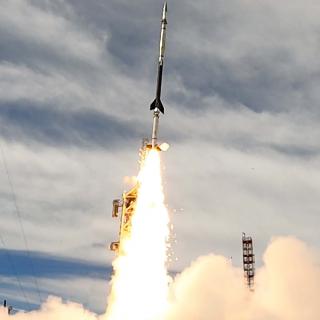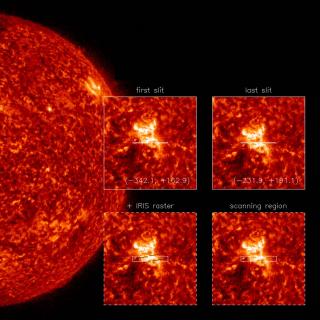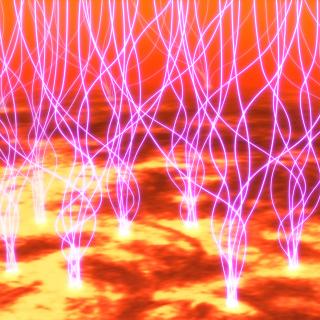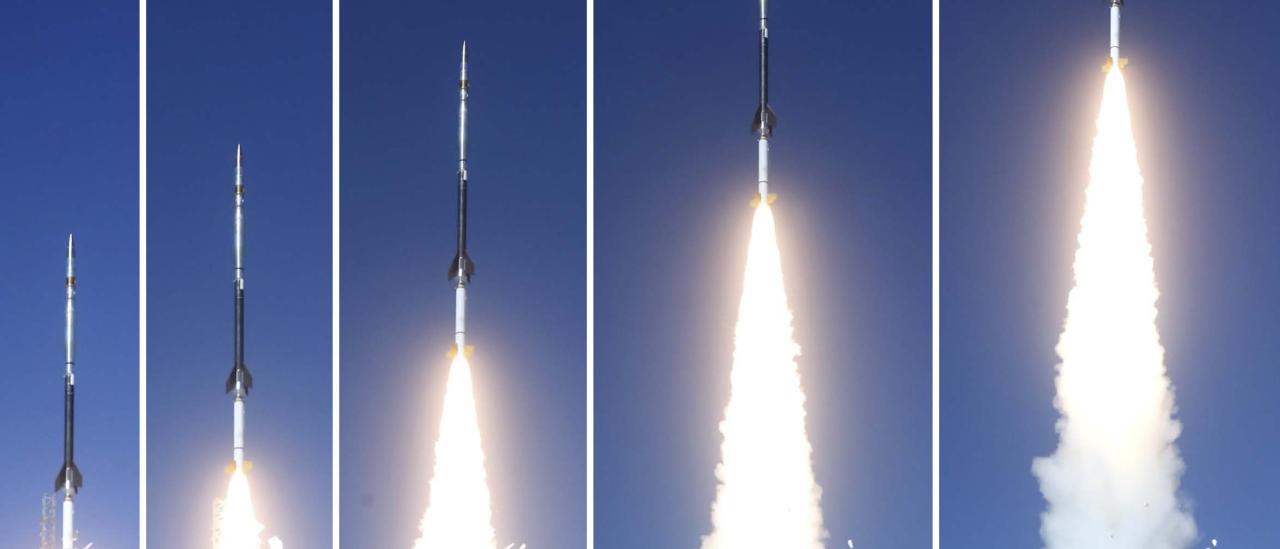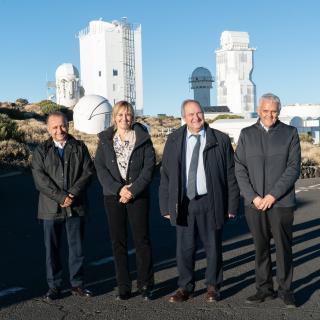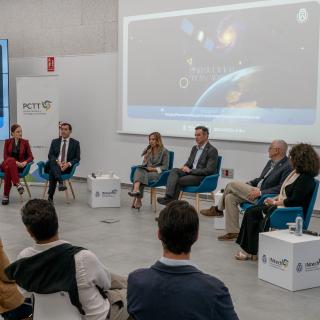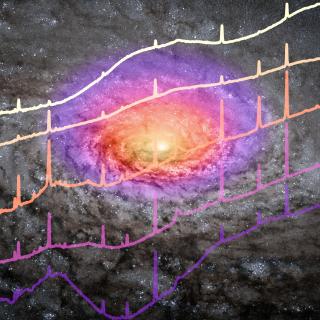From 18 to 20 October, scientists from the USA, Japan and Europe meet at the Instituto de Astrofísica de Canarias (IAC) to discuss the results of the third CLASP space experiment to study the magnetic field of the solar chromosphere and the science of future solar missions.
Several years ago, an international scientific team began developing a series of novel suborbital space experiments, with the goal of measuring the intensity and polarization of the ultraviolet radiation of the Sun emitted from one of the outer layers of its atmosphere, the chromosphere, very close to the base of the extremely hot corona. Such spectro-polarimetric observations provide information about the magnetic field in the enigmatic transition region lying between the solar chromosphere and corona – a layer only a few tens of kilometers thick, in which the temperature jumps from about ten thousand to more than a million degrees.
The telescope and instruments developed for this project have been launched into space three times from the White Sands Missile Range (New Mexico, USA) onboard NASA sounding rockets. These space experiments, lasting about 5 minutes each, provided unprecedented data on the atomic line polarization in the ultraviolet light emitted by the Sun.
The CLASP (Chromospheric Lyman-Alpha Spectro-Polarimeter) experiment was carried out in September 2015. The team made the first ever measurement of the linear polarization of the hydrogen Lyman-α line, opening a new window for studying the magnetic field and the three-dimensional structure of the plasma in and around the transition region. This range of UV light does not pass through the Earth's atmosphere, so observations from space are needed to observe this radiation.
After this success, the team proposed and developed the CLASP2 to measure the polarization of the solar ultraviolet radiation produced by ionized magnesium. The experiment was successfully launched in April 2019 and the data provided made it possible to determine the height variation of the magnetic field in the solar chromosphere for two regions, one quiet and one active.
With the goal of mapping the magnetic field of the solar chromosphere over an extended area of an active region, the team subsequently planned a third mission, CLASP2.1, which was selected by NASA in an international competition. This experiment was successfully carried out in October 2021 and its goals could be achieved with the novel data that was acquired.
The three aforementioned experiments were motivated by theoretical research carried out by the POLMAG group of the IAC, funded by an Advanced Grant of the European Research Council. POLMAG is organizing the scientific meeting taking place this week in the IAC central building in La Laguna.

CLASP-2.1 is an international collaboration led by NASA's Marshall Space Flight Center (MSFC, USA), the National Astronomical Observatory of Japan (NAOJ, Japan), the Instituto de Astrofísica de Canarias (IAC, Spain) and the Institut d'Astrophysique Spatiale (IAS, France). Additional members are the Astronomical Institute of the Academy of Sciences of the Czech Republic, the Istituto Ricerche Solari Locarno (Switzerland), Lockheed Martin Solar & Astrophysics Laboratory (USA), Stockholm University (Sweden) and the Rosseland Center for Solar Physics (Norway).
The Principal Investigators of the CLASP-2.1 space experiment are: David McKenzie (MSFC), Ryohko Ishikawa (NAOJ), Fréderick Auchere (IAS) and Javier Trujillo Bueno (IAC).
This project has received funding from the European Research Council (ERC) under the European Union's Horizon 2020 research and innovation programme (ERC Advanced Grant agreement No 742265).
Contacts at the IAC:
Javier Trujillo Bueno, jtb [at] iac.es (jtb[at]iac[dot]es)
Ernest Alsina Ballester, ealsina [at] iac.es (ealsina[at]iac[dot]es)
Tanausú del Pino Alemán, tanausu [at] iac.es (tanausu[at]iac[dot]es)
